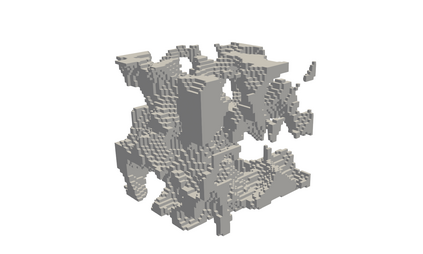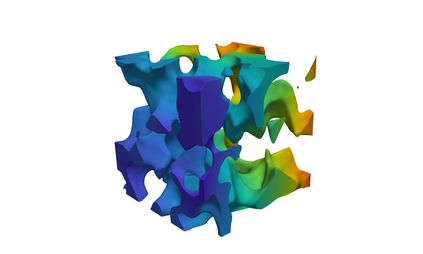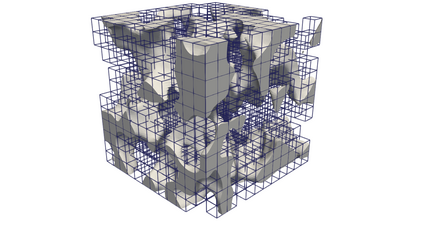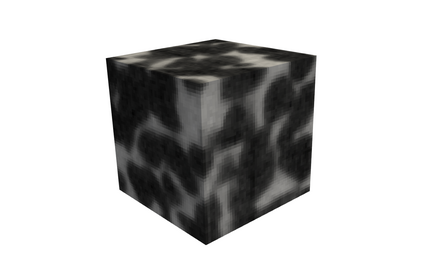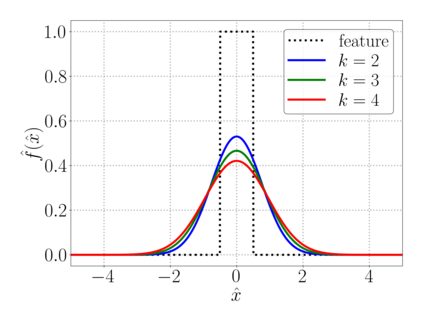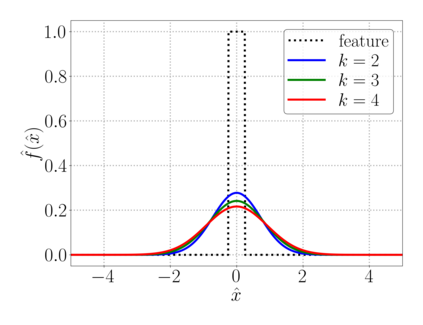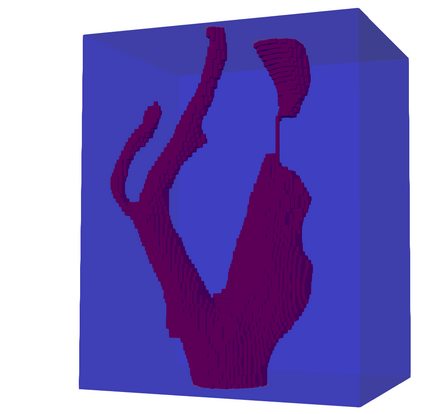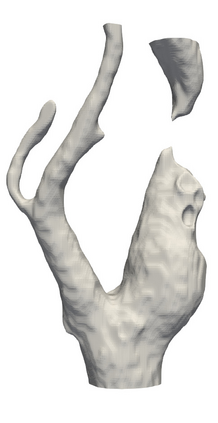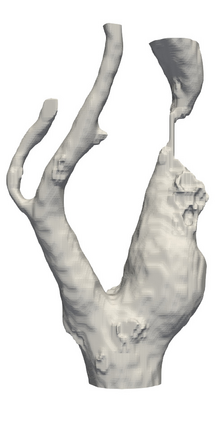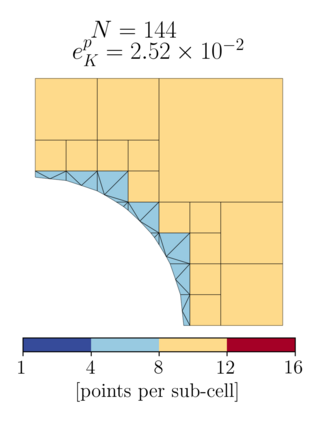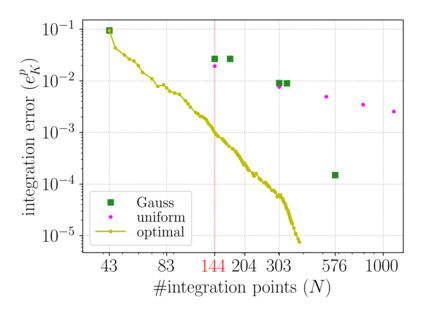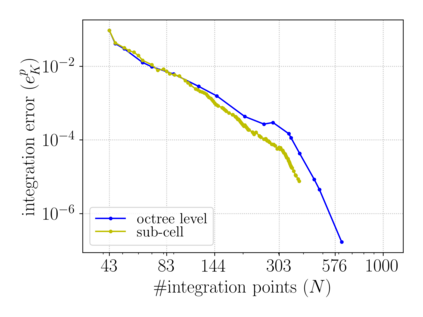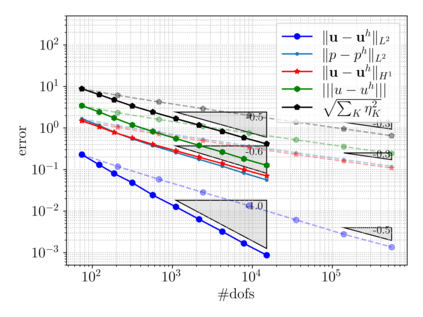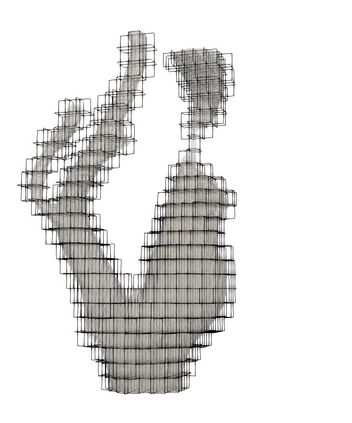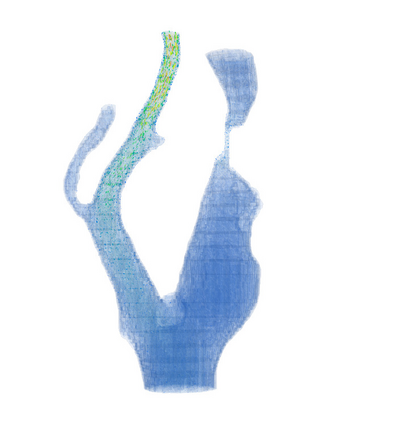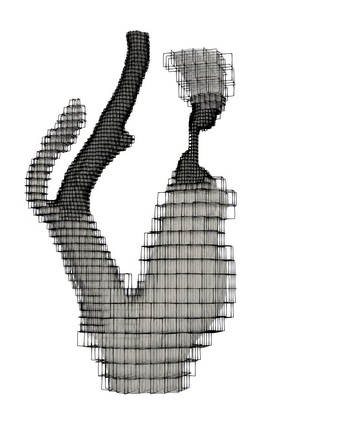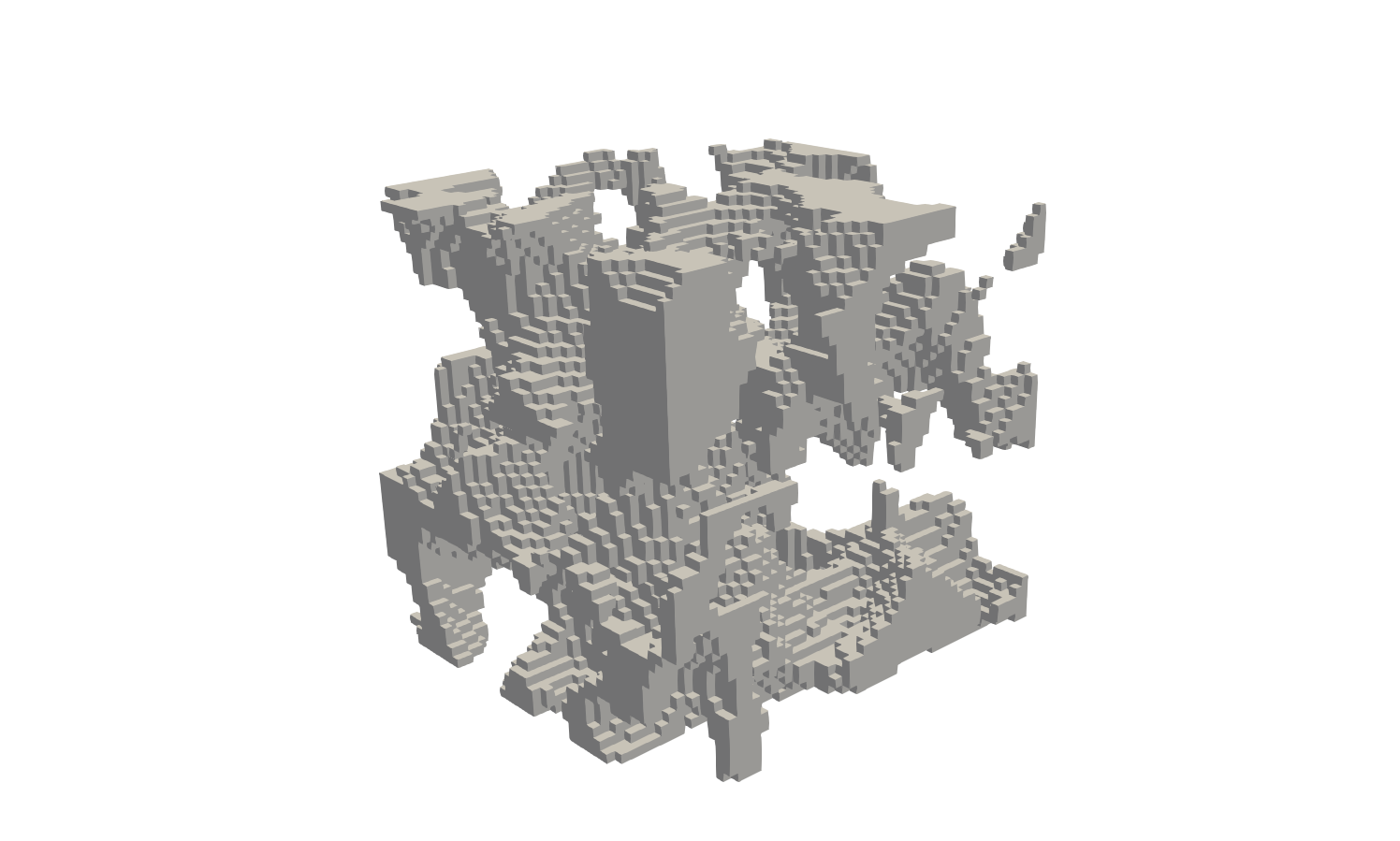
This chapter reviews the work conducted by our team on scan-based immersed isogeometric analysis for flow problems. To leverage the advantageous properties of isogeometric analysis on complex scan-based domains, various innovations have been made: (i) A spline-based segmentation strategy has been developed to extract a geometry suitable for immersed analysis directly from scan data; (ii) A stabilized equal-order velocity-pressure formulation for the Stokes problem has been proposed to attain stable results on immersed domains; (iii) An adaptive integration quadrature procedure has been developed to improve computational efficiency; (iv) A mesh refinement strategy has been developed to capture small features at a priori unknown locations, without drastically increasing the computational cost of the scan-based analysis workflow. We review the key ideas behind each of these innovations, and illustrate these using a selection of simulation results from our work. A patient-specific scan-based analysis case is reproduced to illustrate how these innovations enable the simulation of flow problems on complex scan data.
翻译:本章审查了我们的小组对流动问题进行的基于扫描的浸入式等离子测量分析工作,为了利用对复杂的扫描领域进行等离子分析的有利性,已经进行了各种创新:(一) 制定了基于样板的分解战略,以提取适合直接从扫描数据进行浸入式分析的几何学;(二) 提议为斯托克斯问题制定稳定等离子速度压力配方,以便在浸入的域上取得稳定的结果;(三) 制定了适应性整合二次分析程序,以提高计算效率;(四) 制定了网目改进战略,在先前未知的地点捕捉小特征,同时不大幅提高扫描分析工作流程的计算成本。我们审查了这些创新背后的主要想法,并利用我们工作的模拟结果加以说明。
